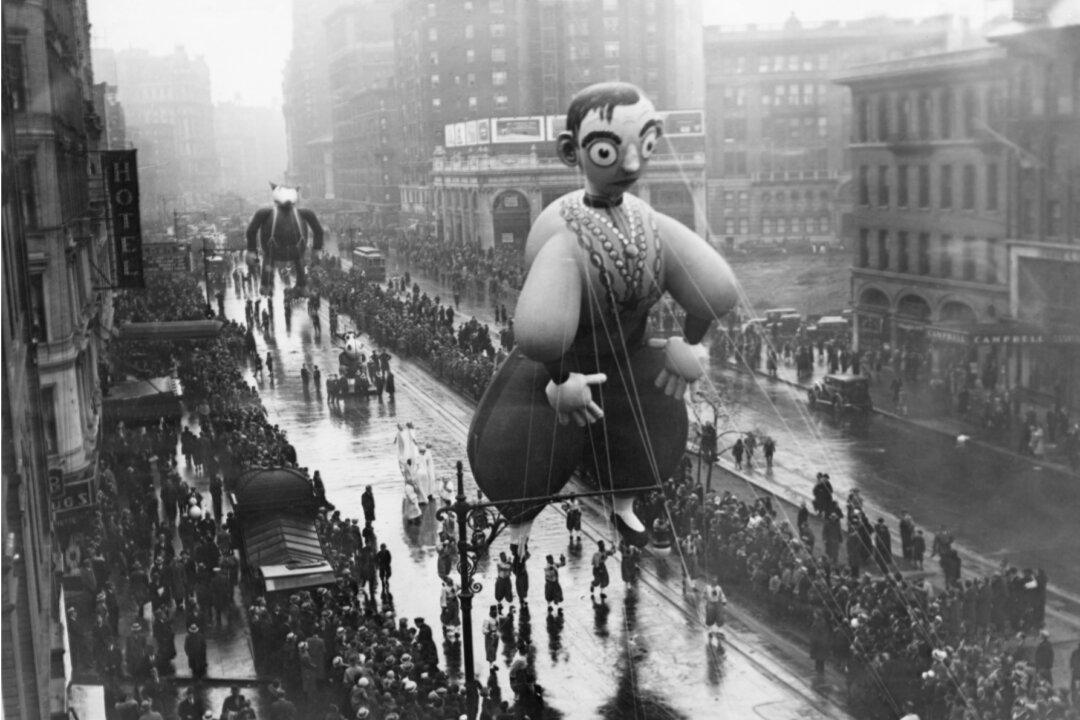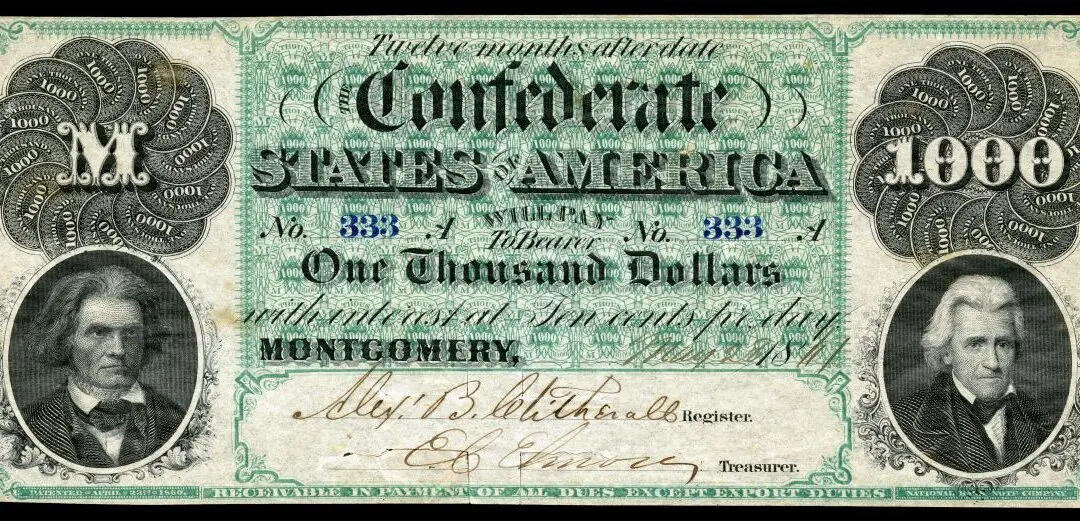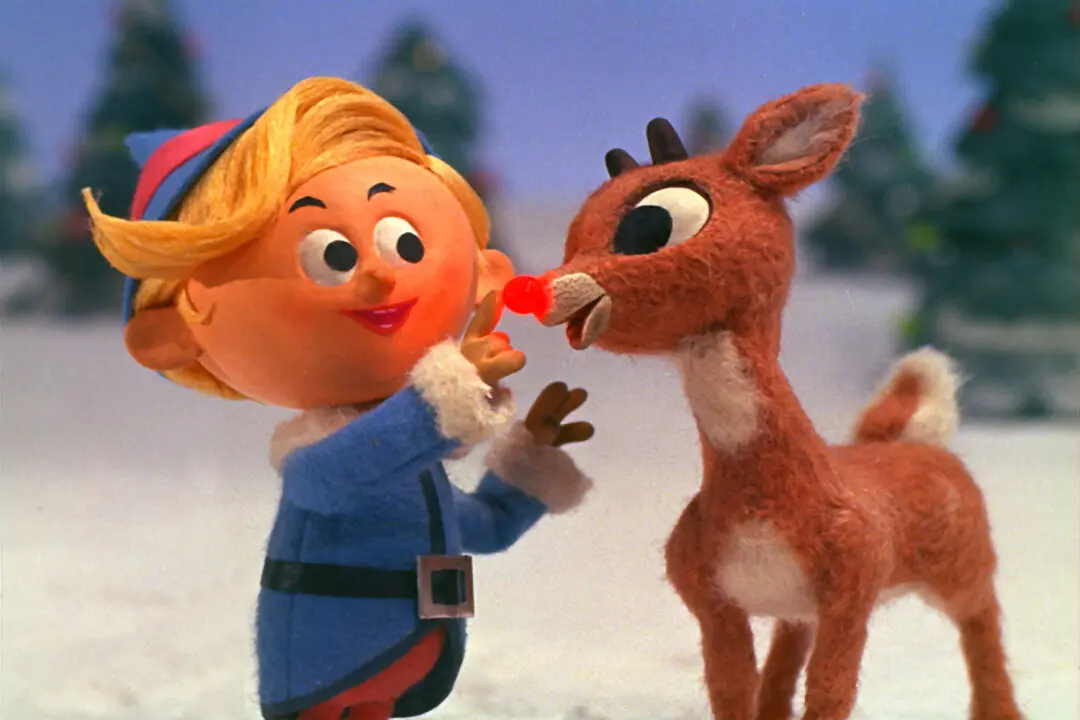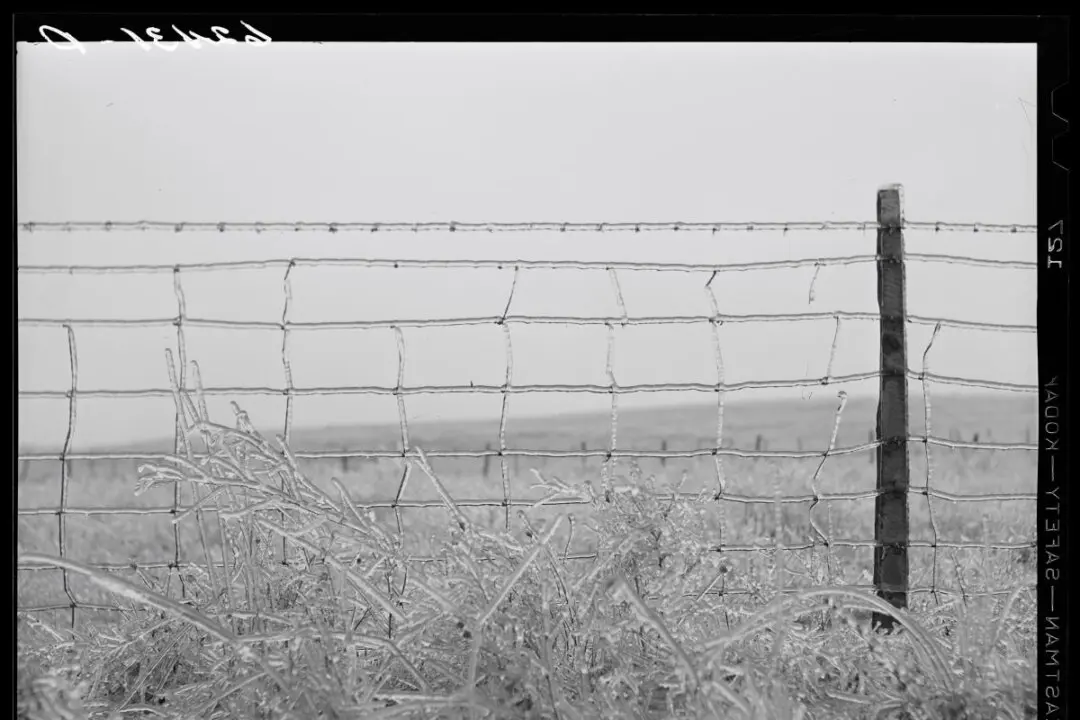Macy’s made its historic move 20 blocks uptown to New York City’s Herald Square in 1902. By this time, Rowland H. Macy, who had founded R.H. Macy & Co. as a dry goods store in 1858, had been dead for 25 years. Macy’s was one of the country’s first department stores. In fact, all of America’s earliest department stores had begun as dry goods stores (Macy called his products “fancy goods”). The move to Herald Square was costly: $4.8 million. That was half of the company’s annual sales.
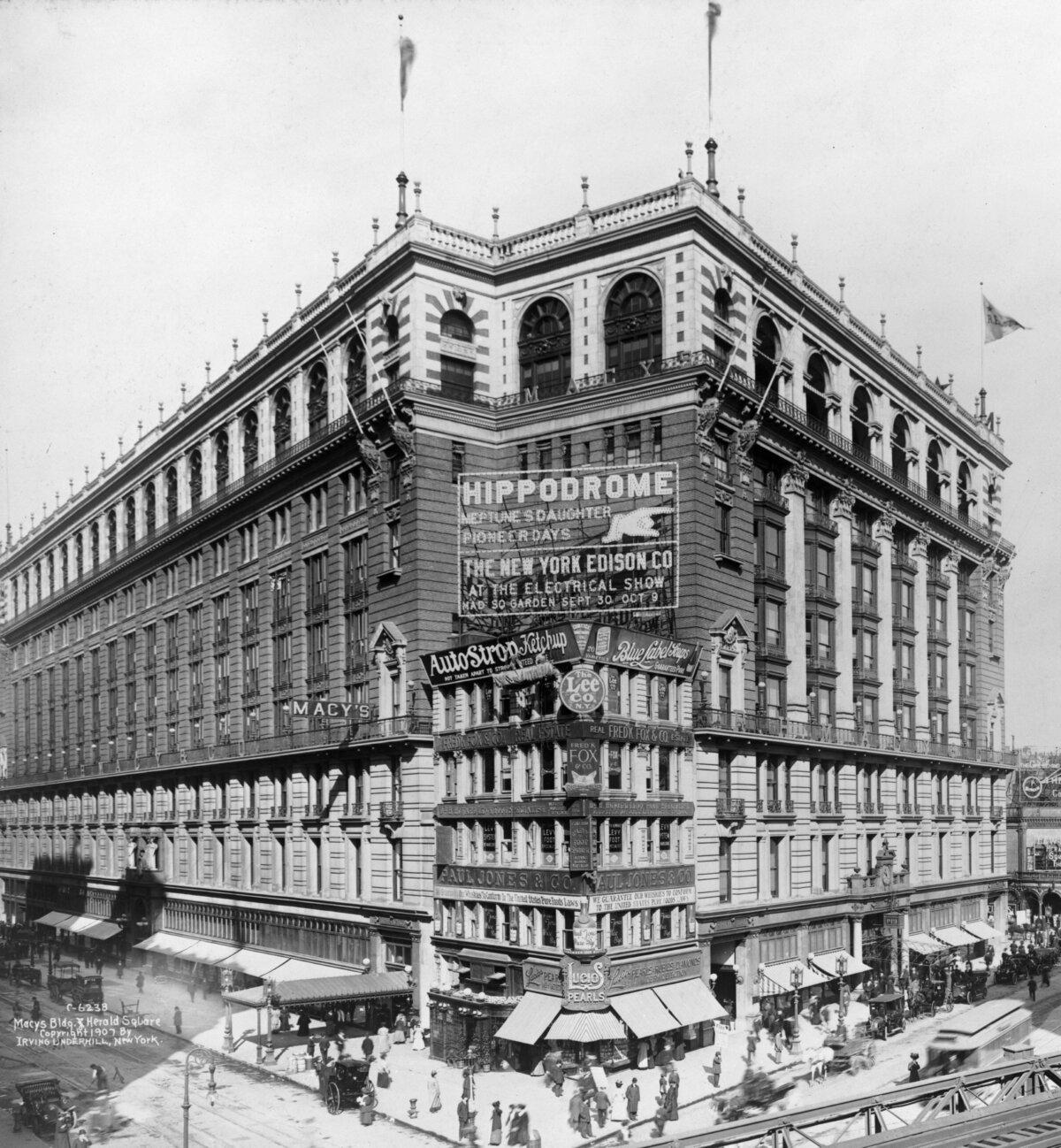
Macy's Herald Square building, in 1907. Public Domain

